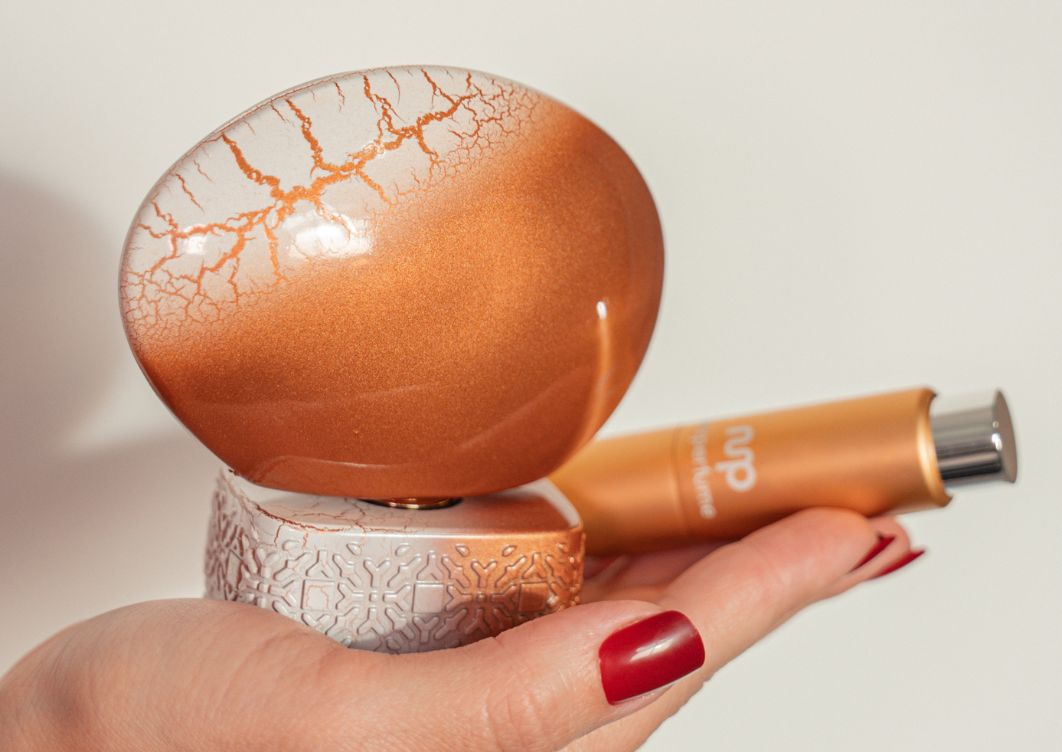Fragrant Elements: Exploring Essential Perfume Ingredients
The art of perfumery is an ancient craft, where mastery lies in the perfumer's ability to blend different ingredients to create a scent that can evoke emotions, memories, and even desires. Understanding the essential ingredients in perfumes is key to appreciating the complexity and beauty of these fragrant compositions. This guide will explore the foundational elements that make up the world of perfumery, offering insights into how these ingredients contribute to the overall scent experience.
The Structure of Perfume
Perfumes are typically structured in a three-part pyramid consisting of top, heart (middle), and base notes. Each layer contains specific ingredients that unfold over time, contributing to the perfume's overall aroma:
- Top Notes: These are the initial scents that hit the nose immediately upon application. They are usually light, fresh, and evaporate quickly.
- Heart Notes: As the top notes dissipate, the heart notes become more apparent. These are considered the perfume's core, contributing to the main body of the scent.
- Base Notes: The last to develop, these scents provide depth and longevity to the perfume, lingering long after the top and heart notes have faded.
Key Ingredients in Perfumery
1. Floral Ingredients
- Rose: The quintessential floral note, rose lends a romantic and powdery aroma.
- Jasmine: Known for its intoxicating and sensual fragrance, jasmine is a staple in many perfumes.
- Lavender: Offers a clean, fresh aroma with calming properties, commonly used in both masculine and feminine fragrances.
2. Citrus Ingredients
- Bergamot: A staple in the top notes of many fresh and aromatic fragrances, bergamot adds a bitter-sweet citrus smell.
- Lemon: Adds a sharp, zesty punch, often used to impart a sense of freshness.
- Orange Blossom: Provides a sweet, floral citrus scent, adding both freshness and depth.
3. Woody Ingredients
- Sandalwood: Offers a rich, creamy, and exotic scent, contributing to the warmth of the base notes.
- Cedarwood: Known for its dry, clean aroma, cedarwood adds a grounding, earthy quality.
- Oud (Agarwood): Highly valued for its unique and complex scent, oud adds a luxurious depth.
4. Spicy Ingredients
- Cinnamon: A warm and sweet spice, cinnamon adds a comforting and slightly exotic twist.
- Pepper: Imparts a sharp, spicy kick, often used to add vibrancy and intensity.
5. Gourmand Ingredients
- Vanilla: Sweet and cozy, vanilla is a popular base note that adds creaminess and warmth.
- Tonka Bean: Offers a scent reminiscent of vanilla but with hints of almond, cinnamon, and clove, adding richness and depth.
6. Musk and Animalic Ingredients
- Musk: Provides a clean, skin-like base note in many fragrances, enhancing their staying power.
- Ambergris: Adds a salty, warm, and somewhat sweet depth, often used in luxurious fragrances.
Understanding Natural vs. Synthetic Ingredients
Perfumery ingredients can be derived from natural sources like flowers, plants, and animals, or synthesized in laboratories. Natural ingredients are prized for their complexity and depth, while synthetic ingredients offer consistency, sustainability, and the ability to create novel scents not found in nature.
Conclusion: The Symphony of Scents
The world of perfume ingredients is as diverse as it is fascinating, with each element playing a critical role in the fragrance's final composition. From the delicate floral notes that whisper of spring to the deep, warm aromas that envelop like a soft blanket, understanding these essential ingredients offers a deeper appreciation for the art and science of perfumery. As you explore different scents, consider the intricate blend of ingredients that come together to create the unique fragrance experiences that captivate and enchant.









Leave a comment